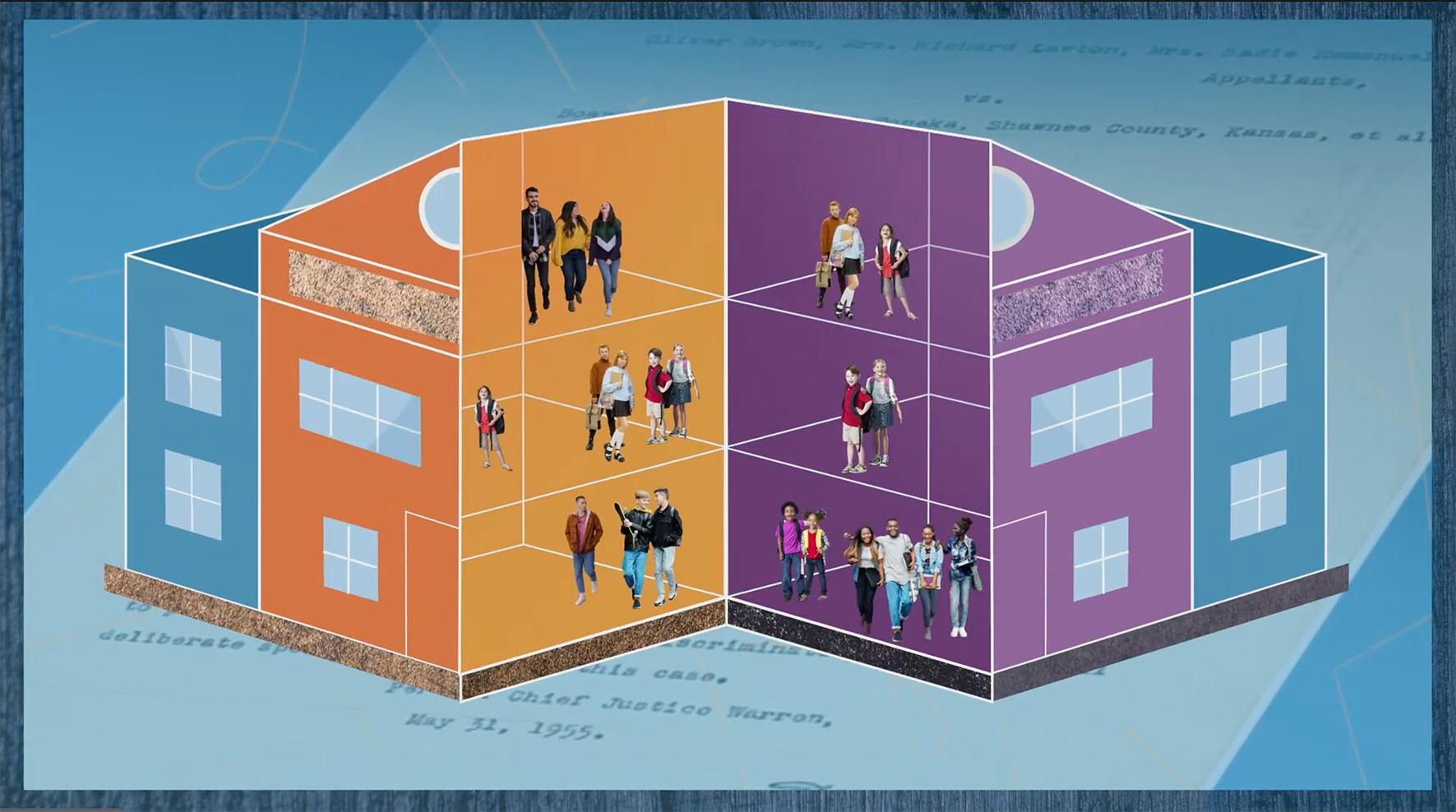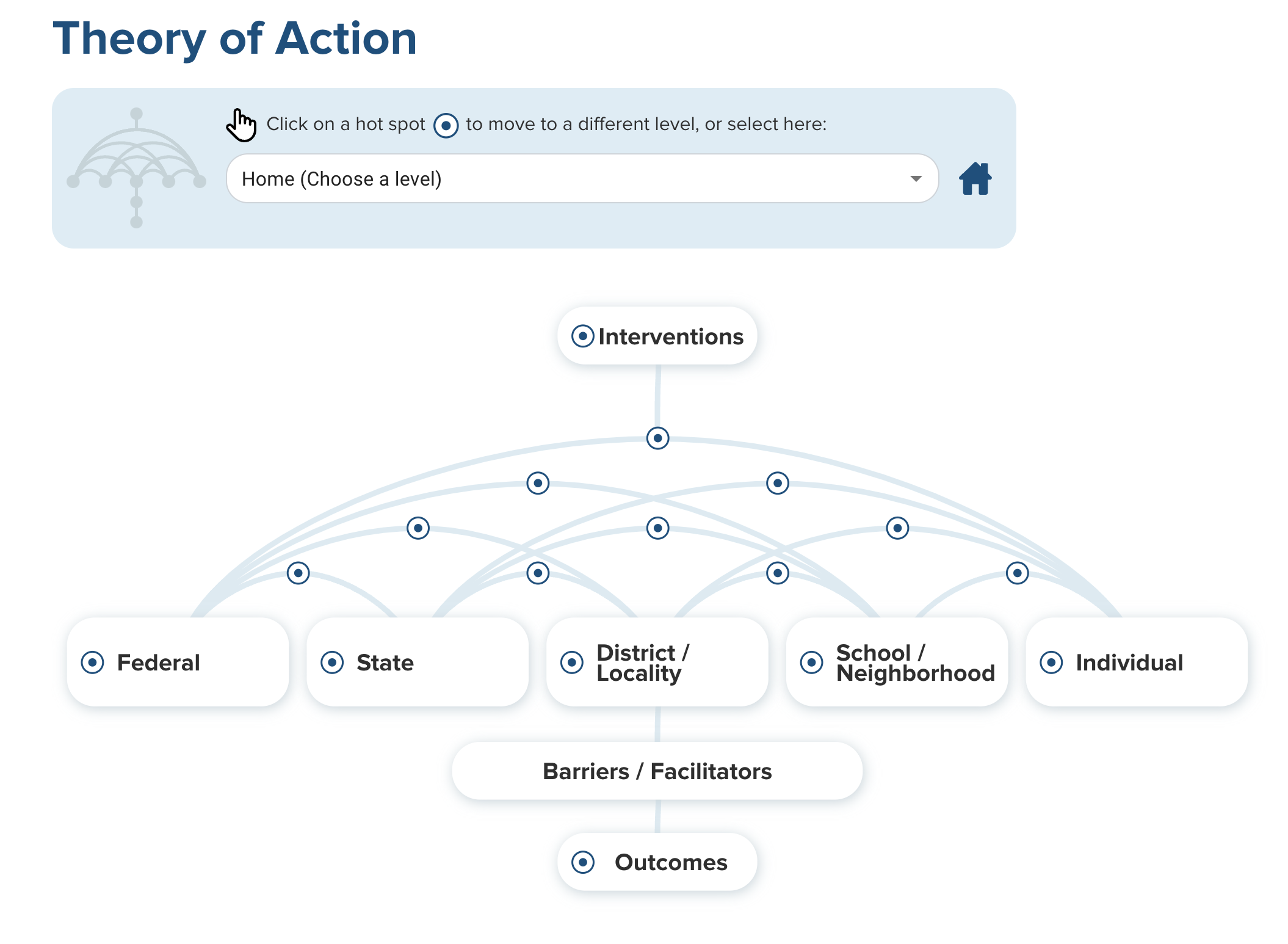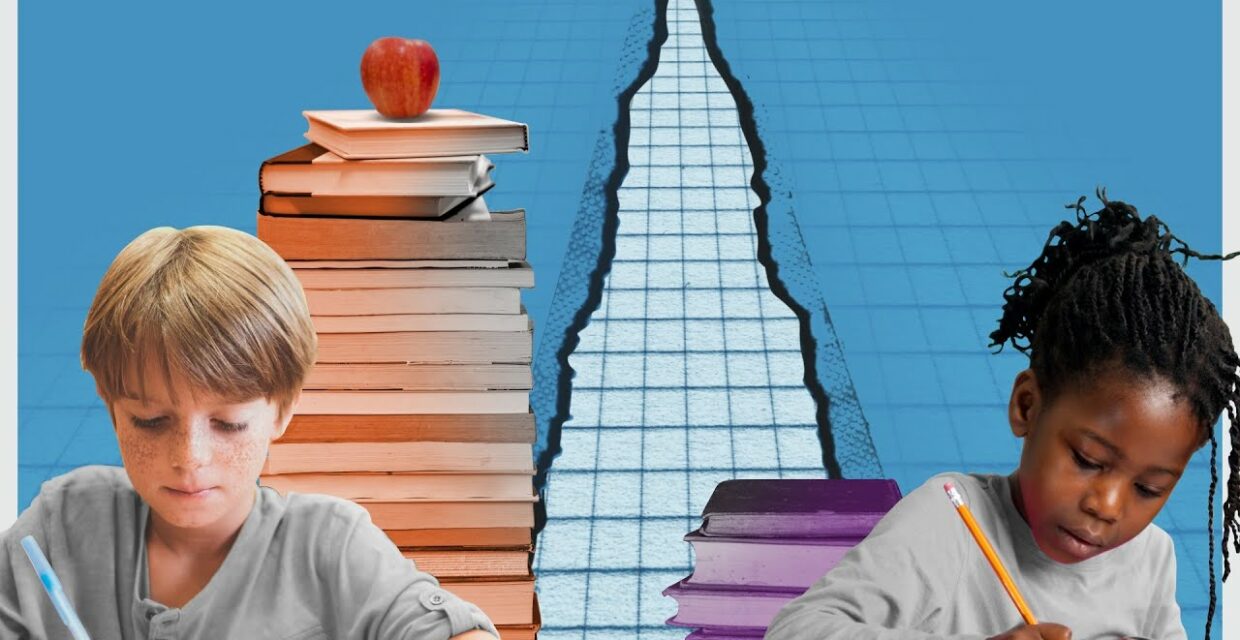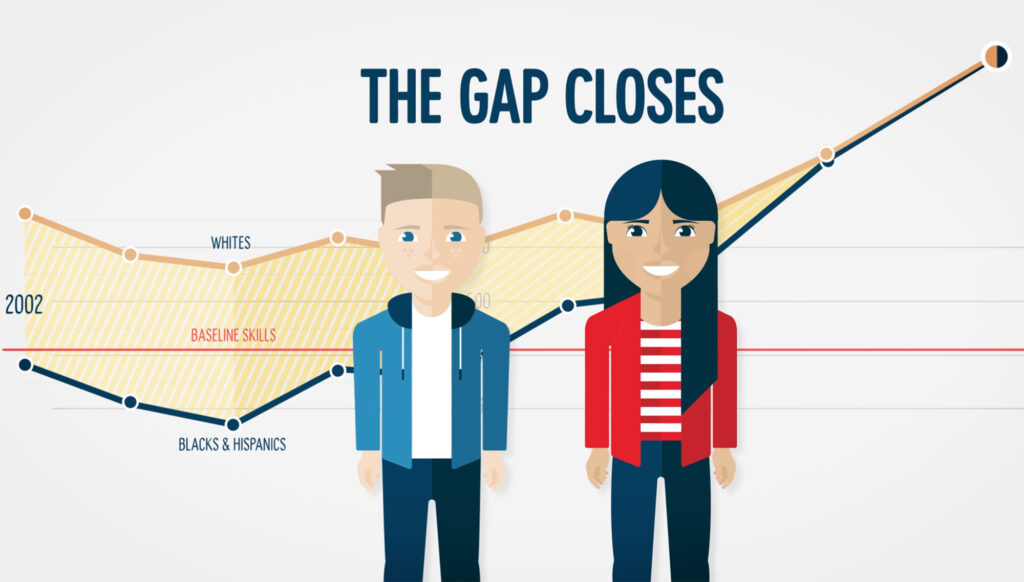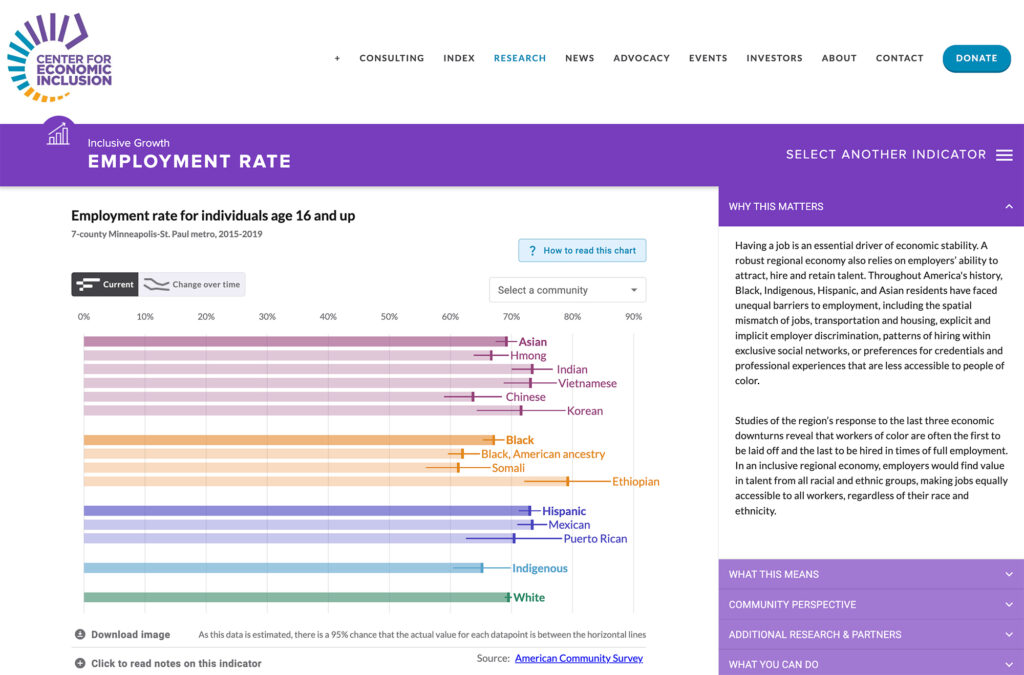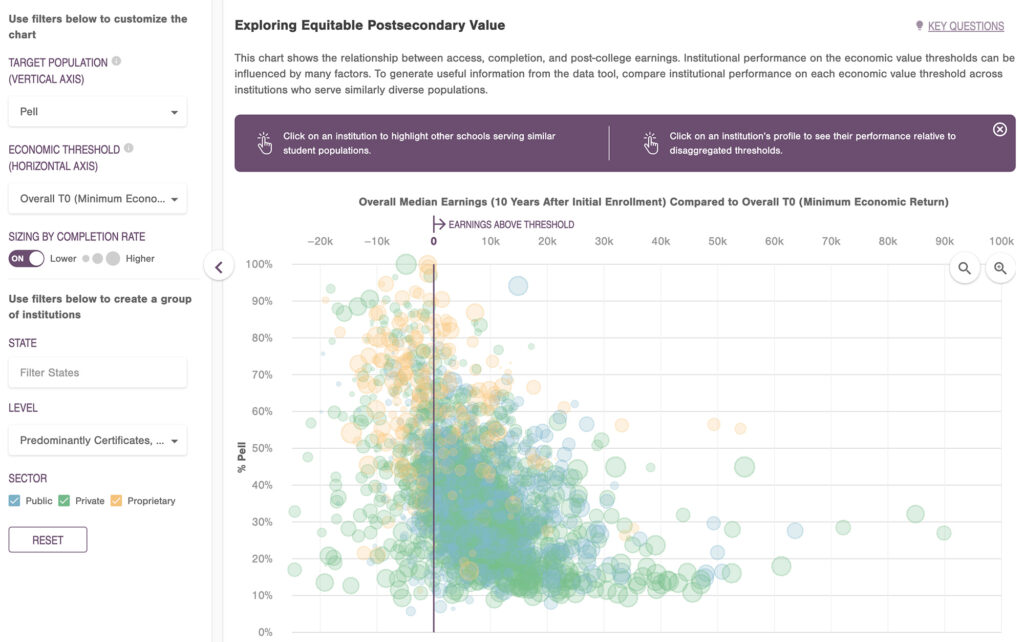There was an opportunity to create an experience that did justice to the fact that these theoretical discussions and proposals are all grounded in history and the lives of real people.
Graphicacy led an exercise for each member of AIR’s working group to visualize the complex flow of levers and drivers affecting segregation — including systemic racism and housing inequities — from their own unique perspectives and disciplinary lenses.
Our team then worked with AIR to develop a motion graphic video starting with a script and storyboard that framed the historical context of school segregation, presented modern realities, and demonstrated how AIR’s systems-oriented theory of change can drive reforms. Animator and illustrator Jeejung Kim brought the storyboard to life using an umbrella as the visual metaphor and recurring centerpiece. A mixed media animation style was used to humanize the video, giving its theoretical underpinnings a recognizable and approachable face. The finished video puts the issue into context and presents an urgent call to action for policymakers to rethink how the nation addresses segregation and its many related components.
Graphicacy also gave users the ability to drill down on the complex factors driving the issue through an accompanying interactive theory of change graphic that mirrored the imagery introduced in the video. Audiences visiting the page can click on different elements to learn granular details about the interplay of various systems and the roles of actors at the federal, state, and local levels.

AIR hopes that this visualization can help other social scientists and technical assistance providers understand that eliminating school segregation requires a unified effort across multiple levels of government, countless school systems, and residential communities throughout the country. And, show stakeholders at every level, including federal, state, and local legislators, school administrators and housing authorities, that their work has real upstream and downstream impacts on school segregation.
